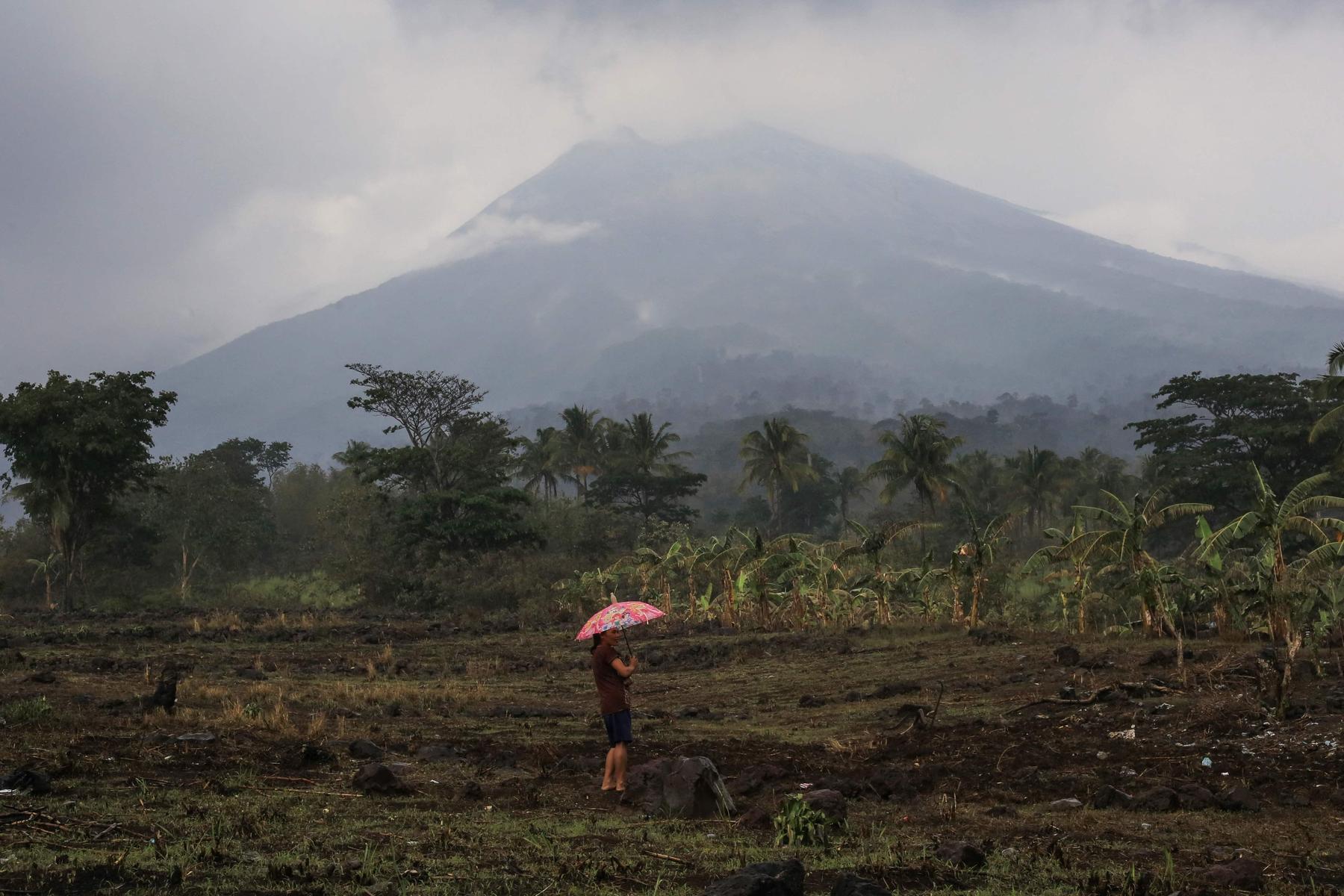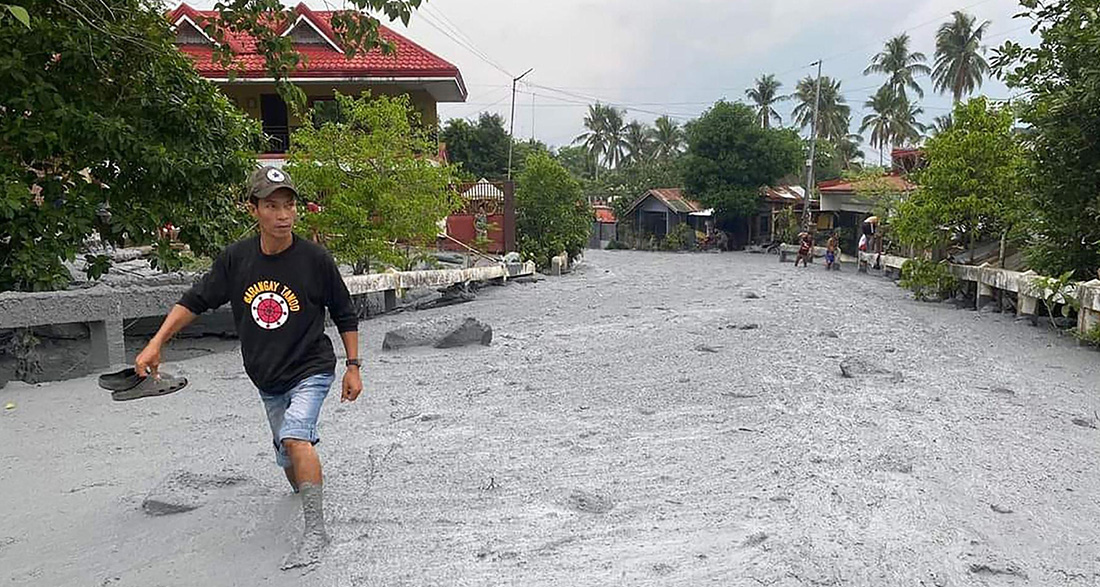Mount Kanlaon erupted explosively. Besides falling ash and toxic gases, the greatest danger to the population comes from flows of volcanic debris cascading down Kanlaon’s slopes.
Two days after Mount Kanlaon erupted in the Philippines, heavy rain washed volcanic mud and debris through the village of Biaknabato in central Philippines.
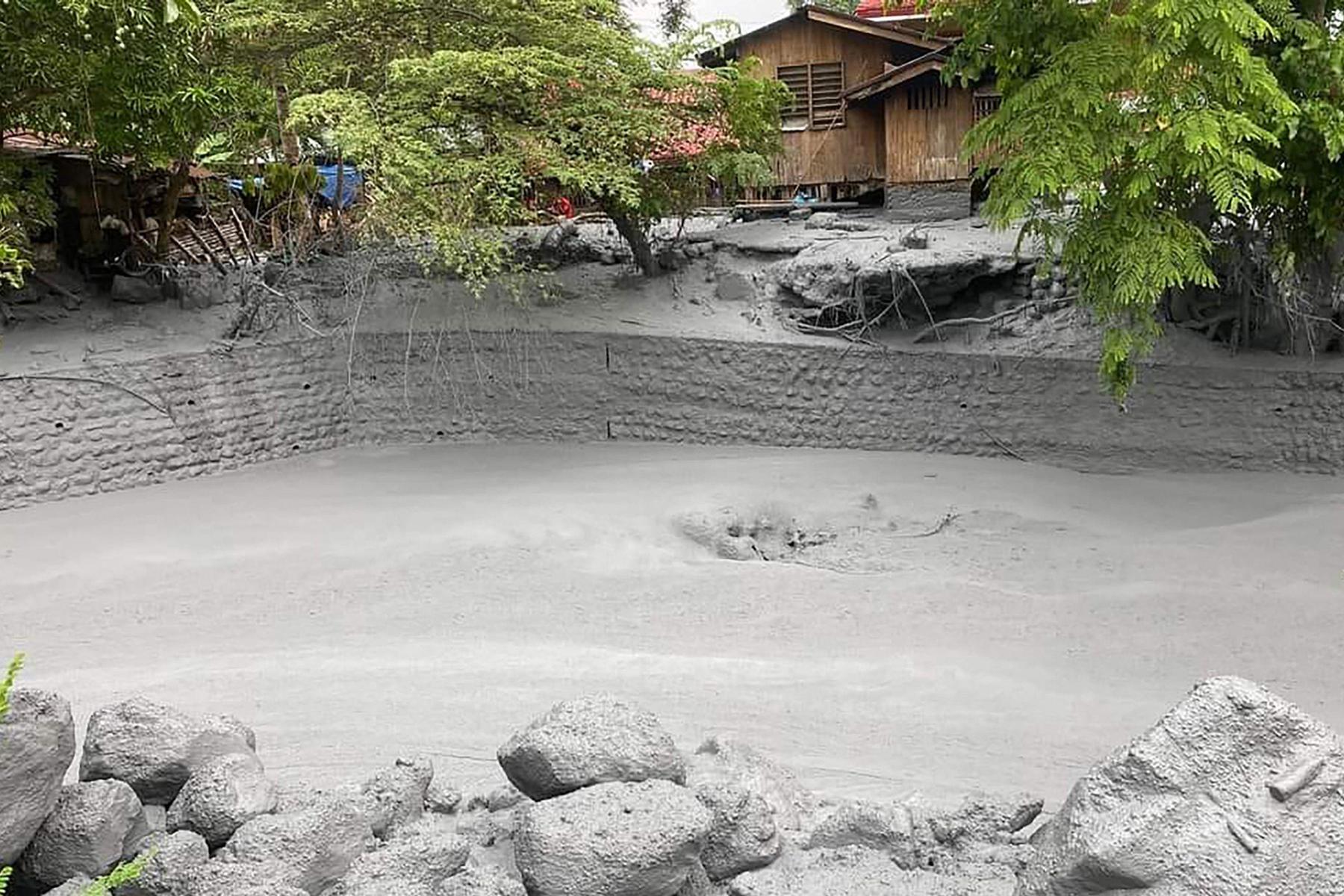
Following a volcanic eruption in the Philippines, thousands of people had to leave their homes. At least 2,800 people were temporarily housed in shelters, authorities said on Tuesday. Mount Kanlaon on Negros Island erupted explosively in the early hours of Monday, sending a five-kilometer-high cloud of ash, gases, and rocks into the sky.
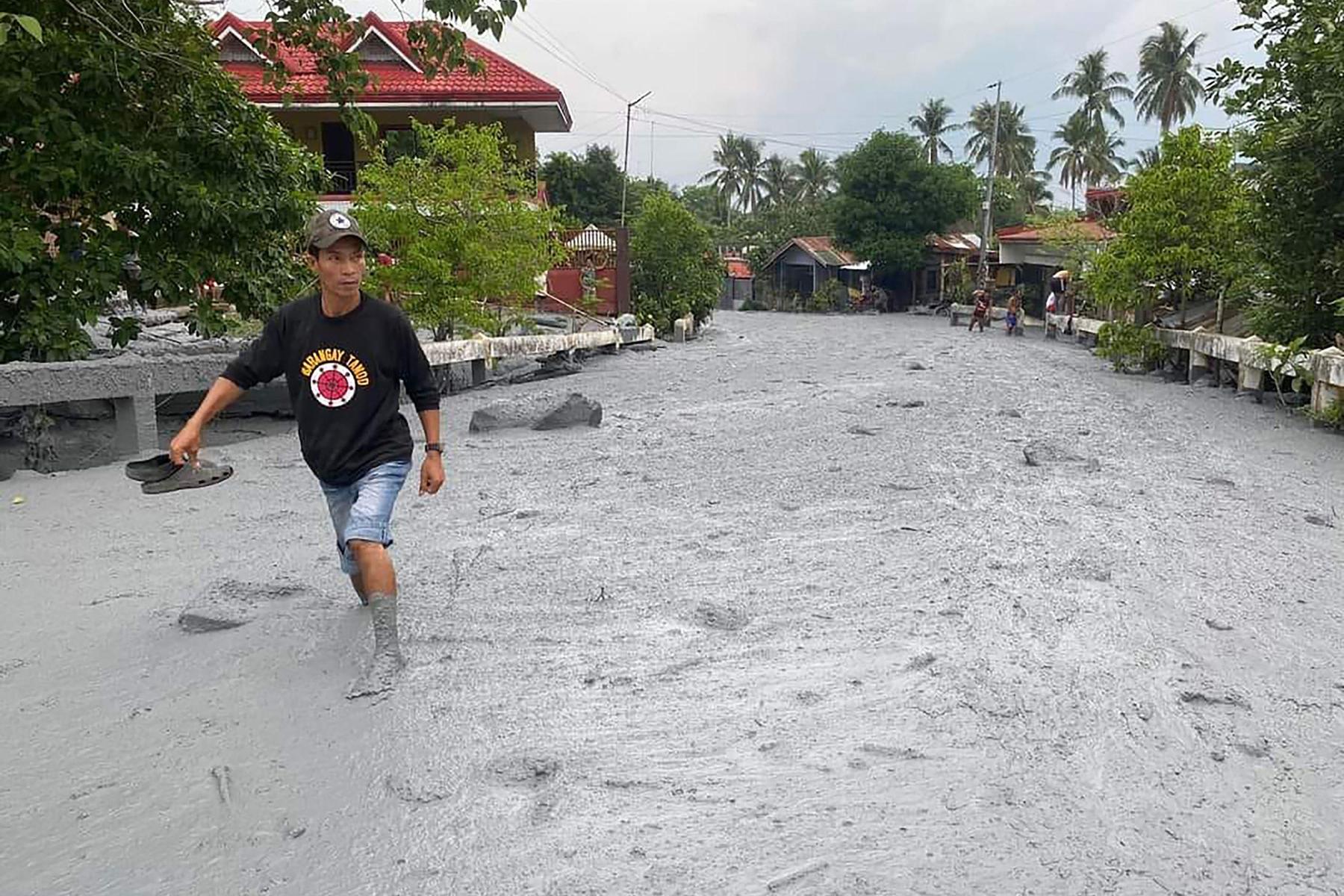
Lahars – a word derived from Javanese – are considered particularly dangerous because they occur unexpectedly and rapidly cascade downhill with their mix of mud, rock, and debris.
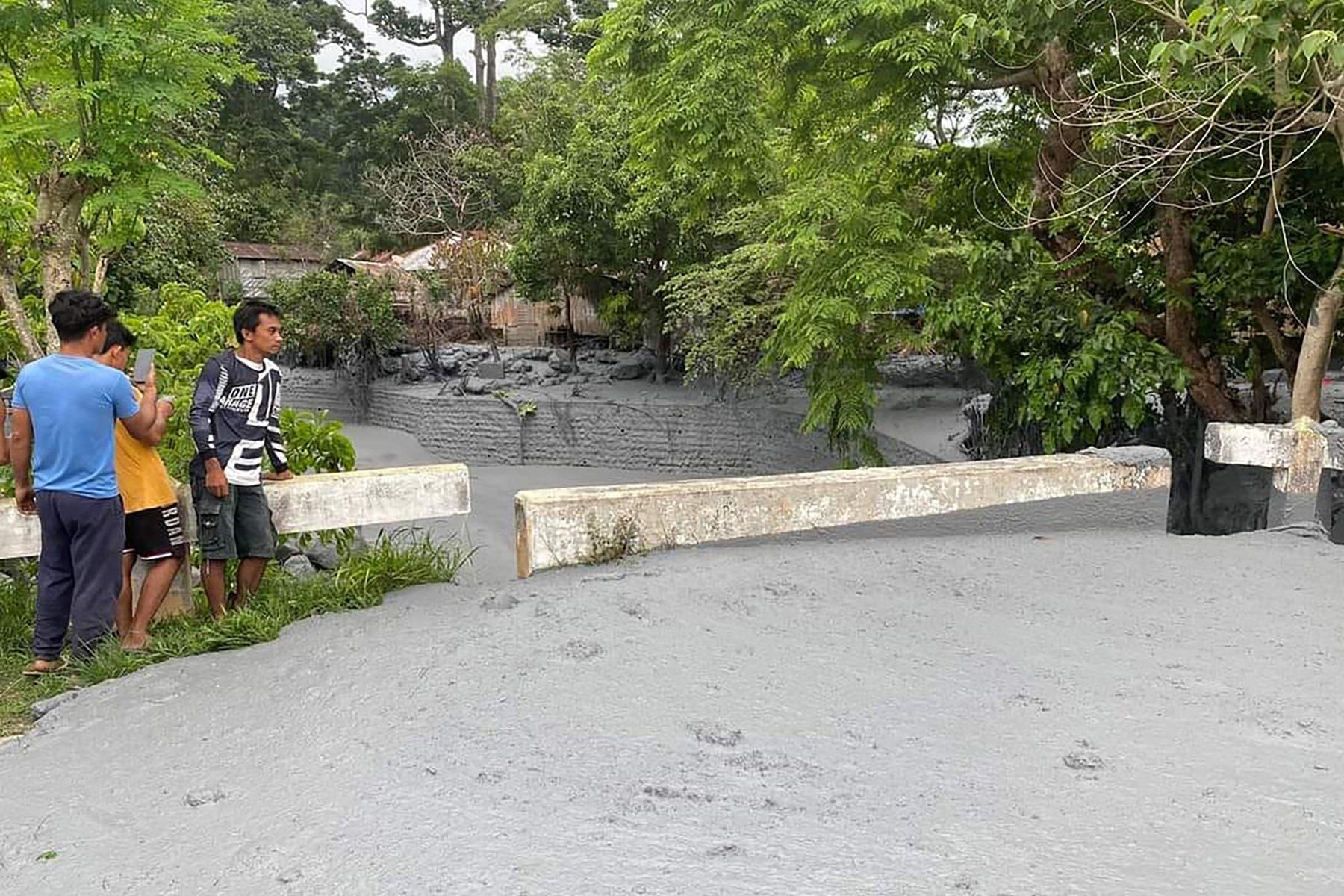
The Philippines sits on the so-called Pacific Ring of Fire, where several tectonic plates collide. This makes earthquakes and volcanic eruptions common. The island nation has a total of 24 active volcanoes. The eruption of Mount Pinatubo in 1991, the most violent in recent decades, killed more than 800 people.
